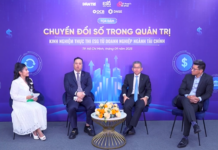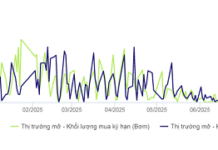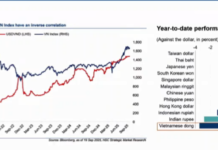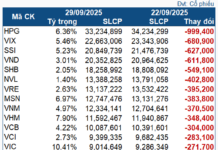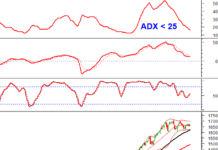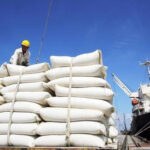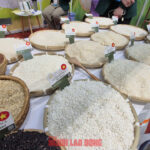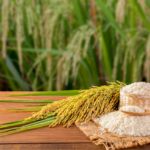Vietnamese Rice Maintains its Price Increase
According to the latest update from the Thai Rice Exporters Association, the export price of Thai 5% broken rice has decreased by $9 per ton compared to the end of July, now standing at $378 per ton. In contrast, the price of Vietnamese rice of the same grade has increased by approximately $4, ranging from $395 to $399 per ton.
The Agriculture and Environment Department of An Giang province reported that the price of IR 50404 rice in the province, as well as in most other Mekong Delta localities, has only slightly decreased by VND 50 per kg compared to a few days ago, fluctuating between VND 8,450 and VND 8,550 per kg. The price of 5451 rice is around VND 9,500-9,650 per kg, while the price of OM 18 raw material rice is VND 9,600-9,700 per kg. The price of processed OM 380 rice varies from VND 8,800 to VND 9,000 per kg, and the price of processed IR 50404 rice fluctuates between VND 9,500 and VND 9,700 per kg.
This indicates that Vietnamese rice prices remain resilient despite a series of unfavorable information in the global rice market recently.
Specifically, at the end of July, the Indian media reported that the Indian government would release tens of millions of tons of rice from its reserves in preparation for the new harvest season. It is expected that up to 5.2 million tons of old rice will be sold for ethanol production. This pushed the global price of 5% broken rice below $400 per ton.
Following this, the Philippines recently announced a two-month suspension of rice imports, starting from September 1st, causing concern among many as the Philippines is the number one importer of Vietnamese rice, accounting for over 40% of the market share. However, some rice export enterprises to this market believe that the impact is not too significant as Vietnam does not face supply pressure until the end of the year.
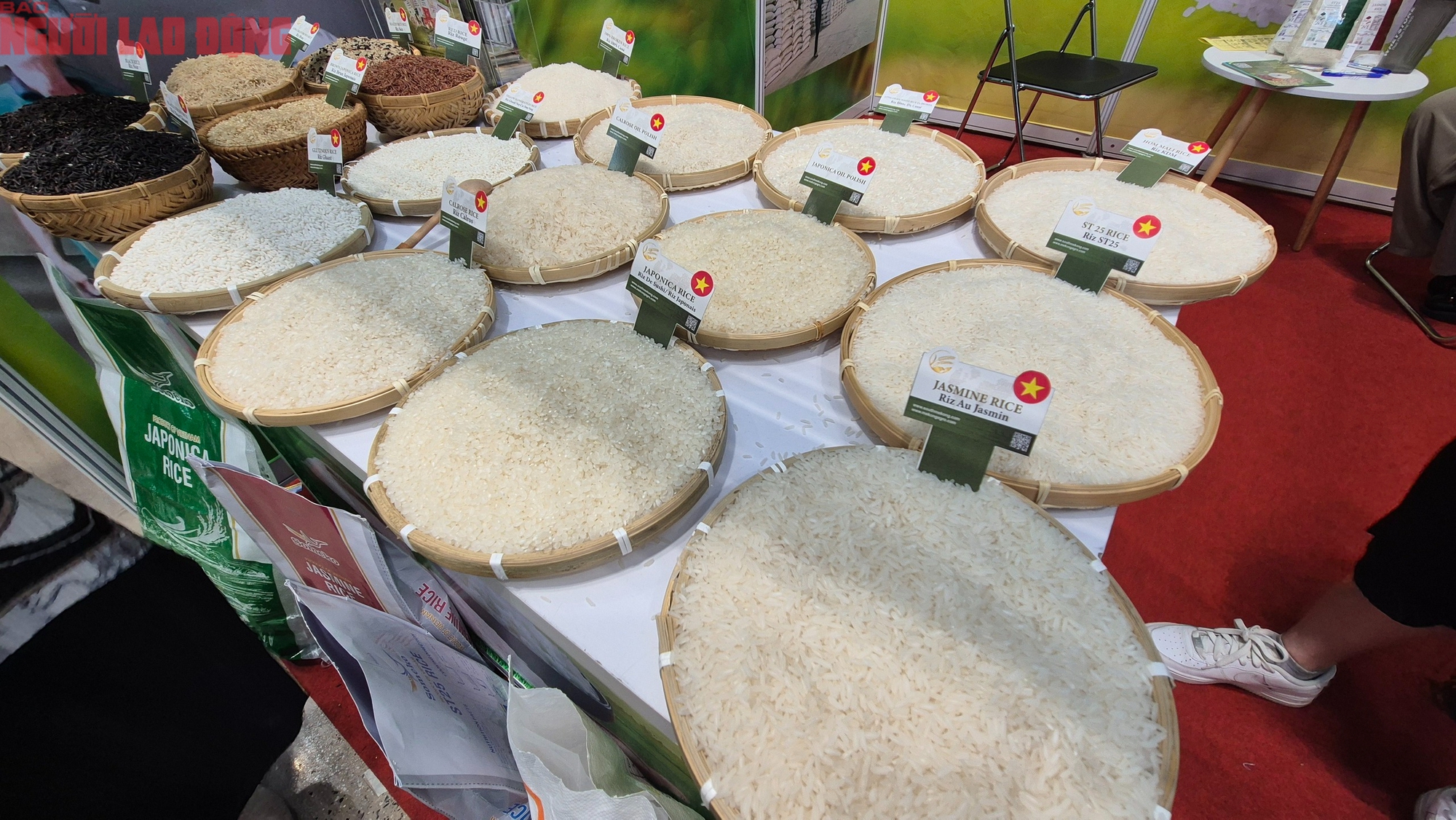
Vietnam has exclusive rice varieties
Why has Vietnamese Rice Remained Stable?
Ms. Phan Mai Huong, co-founder of SSResource Media Pte. Ltd (Singapore), a company specializing in providing information and analyzing the global rice market, shared that every year, even without a document suspending imports, the Philippines significantly reduces their purchases when they have sufficient domestic supply. Previously, the Philippines regulated imports through quota allocation, so it attracted less attention compared to this time. Similarly, Vietnamese rice does not directly compete with Indian rice as they cater to different market segments, hence the limited impact.
Meanwhile, Mr. Do Ha Nam, Chairman of the Vietnam Food Association (VFA), stated that the decrease in rice prices mainly applies to white 5% broken rice, whereas most of the rice exported from Vietnam is fragrant rice.
Vietnamese rice has a unique advantage due to its established market presence with exclusive products such as OM, DT, and ST rice varieties. These rice types are highly favored by many countries, especially the Philippines, Southeast Asian markets, and currently, African countries. Vietnam’s average rice export price has reached $514 per ton, while the global price hovers around $400 per ton, reflecting the recognized quality of Vietnamese rice.
A bright spot in exports is the strong growth of the African market, with over 1 million tons in the first six months, second only to the Philippines. Notably, ST25 rice is highly preferred by overseas Vietnamese, who often bring it as a gift when visiting their home country, indicating significant potential. With ST25, the wholesale price has surpassed $1,000 per ton, contributing to the enhanced position of Vietnamese rice.
Premium Vietnamese Rice: Unfazed by India’s Stock Clearance, Global Price Slump
The global rice market may be facing a downward spiral due to oversupply from India, but Vietnamese rice continues to buck the trend. With a strategic focus on market advantages, product quality, and diversification, Vietnamese rice exporters have not only maintained their export momentum but have also managed to increase prices for certain segments.
The Rice Conundrum: Vietnam’s Rice Prices Fluctuate Following Philippines’ Import Ban
Domestic rice prices witnessed a slight dip following the news of the Philippines’ temporary suspension of rice imports for two months, effective from September 1st.







